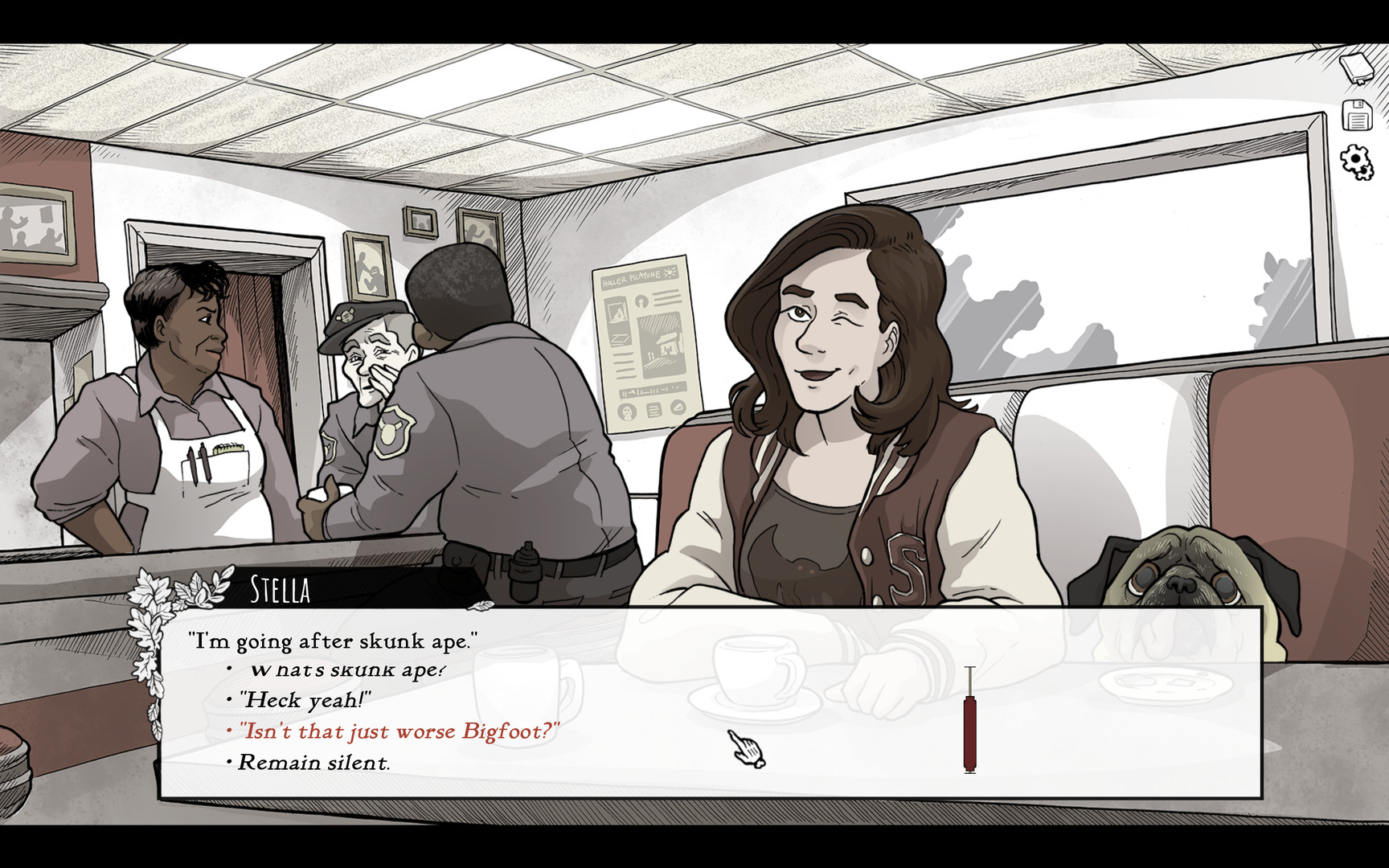

Having a finished outline and rules are important because then, as you work on the minutiae, you’ll already have a strong framework to build around.(So if you’re reading this post and trying to use it to theorize about future plot developments, good luck!) As an extension of that last point, subsequent playthroughs must feel both Similar and Different.Īgain, these aren’t hard and fast rules, and one of the joys of writing is knowing which rules you should break and when you can break them. The story must come back together in a recognizable structure after a split. Every episode must contain at least one decision where the focus is the player’s relationship with Tabitha. Each of these decisions must have a secret “out” mapped to a trait. To give some examples of rules we’ve come up with for Scarlet Hollow:Įvery chapter must have a “major” decision with seemingly only bad outcomes towards the end. These aren’t necessarily ever words that are directly communicated in the game, but rather something for you to personally follow (and to break, on occasion). It can also help to come up with Rules for your piece that fit within your outline.With both Scarlet Hollow and Slay the Princess, we decided on the major themes of the story and wrote down and outlined all of our Big Plot Points before we wrote a word of the actual script. The bigger your project, the more important it is to have intentionality to your choices.By the time Abby and I started work on Scarlet Hollow, I feel like I had a strong foundation from obsessively consuming those works and the two of us discussing at length how we wanted to handle branching compared to games we’ve enjoyed in the past.

Again, revisiting Mass Effect and Dragon Age, I absolutely loved the way that those games set up challenging decisions, but was frustrated at how easy it was to circumvent those choices entirely. Building on that, I think that the best media to take a deep dive into to improve your own craft is something that you really like, but that feels like it missed the mark in a few areas that are important to you.So much practice for me came from being obsessed with Bioware games growing up, especially Dragon Age and Mass Effect - just keeping track of complicated branching world states in complex games you already enjoy is extremely good exercise, and the best way to get better at thinking about a medium is to consume and discuss things in that medium.Gonna break this down into a few sections to make it a little easier to follow. It’s always going to be confusing and difficult to keep track of branching, but here’s some things that I think have helped. Values move A LOT (almost every dialogue choice) in episodes 1-3 as you make a first impression on characters, but by late episode 3/early episode 4, most of the characters in Scarlet Hollow have decided who they think you are, and it starts to take big, character defining moments to move that needle.Īnyways if this stuff interests you and you want a longer read on it, please take a look at this devlog! Hiding the system has other benefits as well, including being able to *change how it functions* as time goes on without calling attention to those changes. You should pick what feels right for you, and the game should respond accordingly.

When you’re making decisions and choosing what to say in Scarlet Hollow, it shouldn’t *feel* like a game, at least not in the sense of it being something you’re playing on a meta-level.

Having a meter to see that x statement gives you y openness points with Tabitha would ruin that immersion and gameify things to the detriment of the narrative. We go out of our way to not show off this system, even though it’s a big part of our secret sauce, mostly because the whole point of it is to make our story and characters feel more alive and dynamic.


 0 kommentar(er)
0 kommentar(er)
